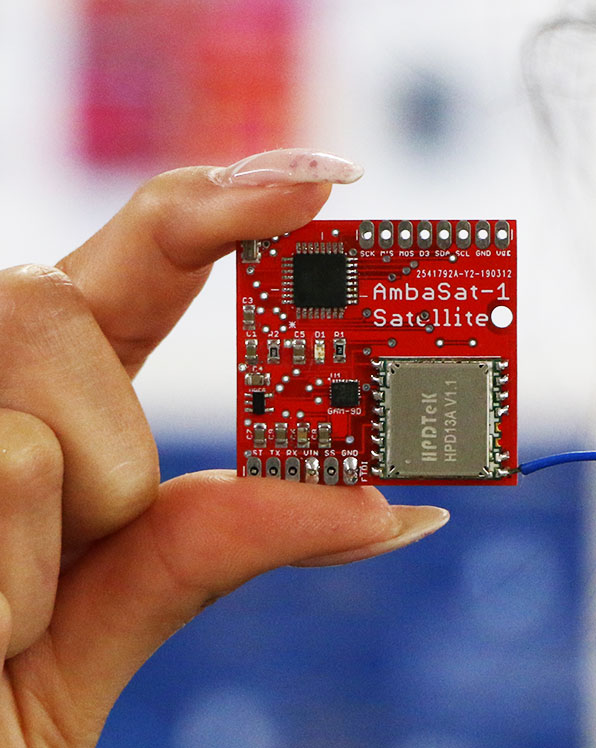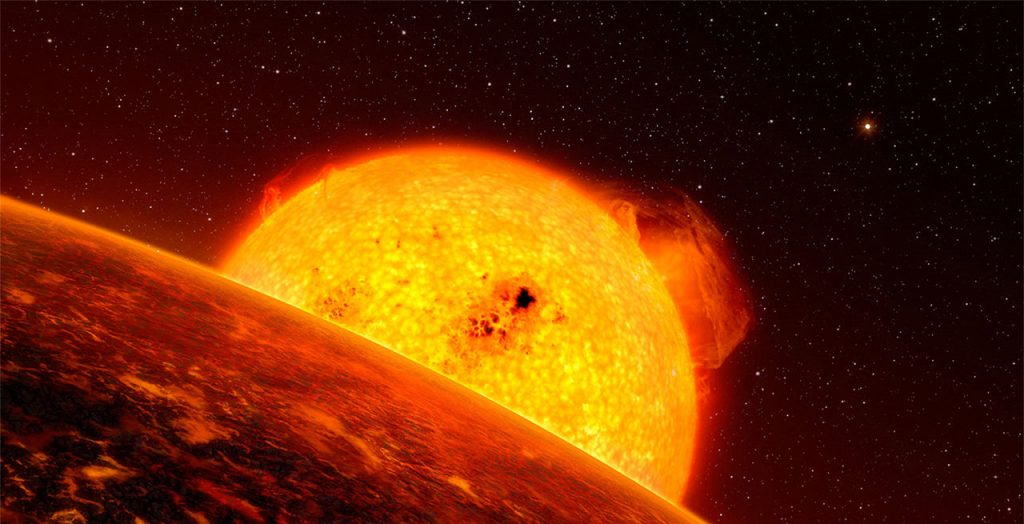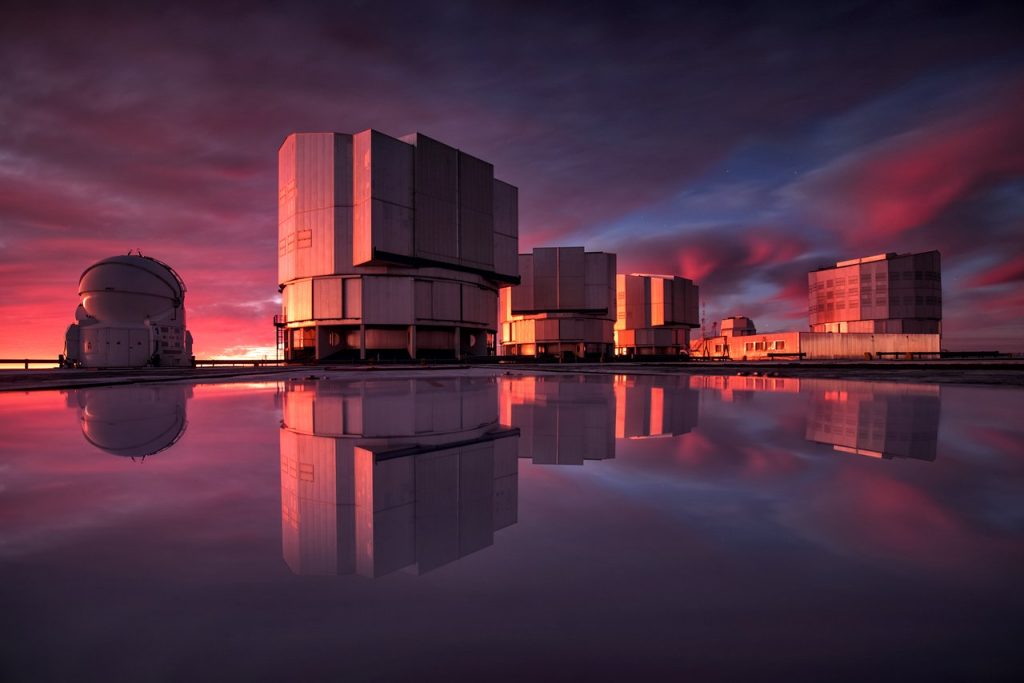Next year in space? Launch your very own satellite
While searching for interesting space gadgets (I also always gladly accept tips and suggestions), I came across a very exciting project. How would you like to be able to send your very own satellite into space? And it wouldn’t cost you millions of dollars or even hundreds of thousands of dollars; for less than 300 dollars and your own time and effort, you can have your own personal satellite called AmbaSat-1. How does it work? You can find a description at www.ambasat.com. AmbaSat-1 is a micro-satellite. Basically, it’s an electronic circuit board with a surface area of 35 mm…







